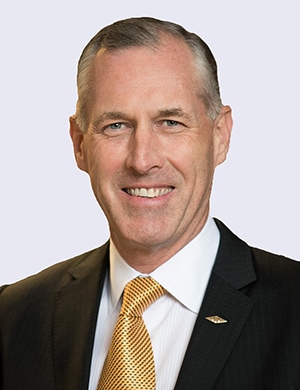Newly merged DowDupont will soon split into three publicly traded companies and the largest of the three will be overseen by CEO Jim Fitterling.
DowDuPont, the company created in 2017 from the $130 billion megamerger of Dow Chemical and DuPont, is shaking things up. On April 1, longtime Dow Chemical leader Andrew Liveris is expected to step down, clearing the way for Jim Fitterling to head the Materials Science unit—the largest of three publicly traded businesses the giant will be broken into next year.

Fitterling, who is 56 and joined Dow Chemical in 1984 after earning a degree in mechanical engineering from the University of Missouri, worked in sales, marketing and supply-chain positions before assuming the role of chief operating officer in October 2016. With his new appointment, Fitterling becomes the first openly gay executive to be named CEO of a major chemical company—and one of a handful, including Apple’s Tim Cook, running a Fortune 500 corporation. Liveris has also relinquished the role of executive chairman in favor of DowDuPont’s current co-lead independent director, Jeff Fettig.
The handoff from Liveris to Fitterling takes place during an extremely critical phase for the firm. In 2014, Liveris fought against hedge fund Third Point Capital’s proposal to split up the company. After Third Point gained board representation, the two parties found common ground, agreeing to a three-way split by early 2019 into specialty chemical, agriculture and materials-science companies. The latter, which includes packaging and infrastructure, represented over 50% of DowDuPont’s combined 2017 sales of nearly $44 billion.
“The new CEO will be jumping on a moving train. Dow and DuPont are in the middle of a merger and also in the middle of a breakup,” says Ben Gomes-Casseres, professor of international business at Brandeis University and author of Remix Strategy: The Three Laws of Business Combinations. “How they manage this transition is critical. Employees, customers and suppliers will need to be shepherded to take up roles in the new business entities that are to be more focused in the market. And this, after these same stakeholders were brought together by the merger of Dow and DuPont. No other major company has done this. It is like doing a front flip followed by a double backflip.”



